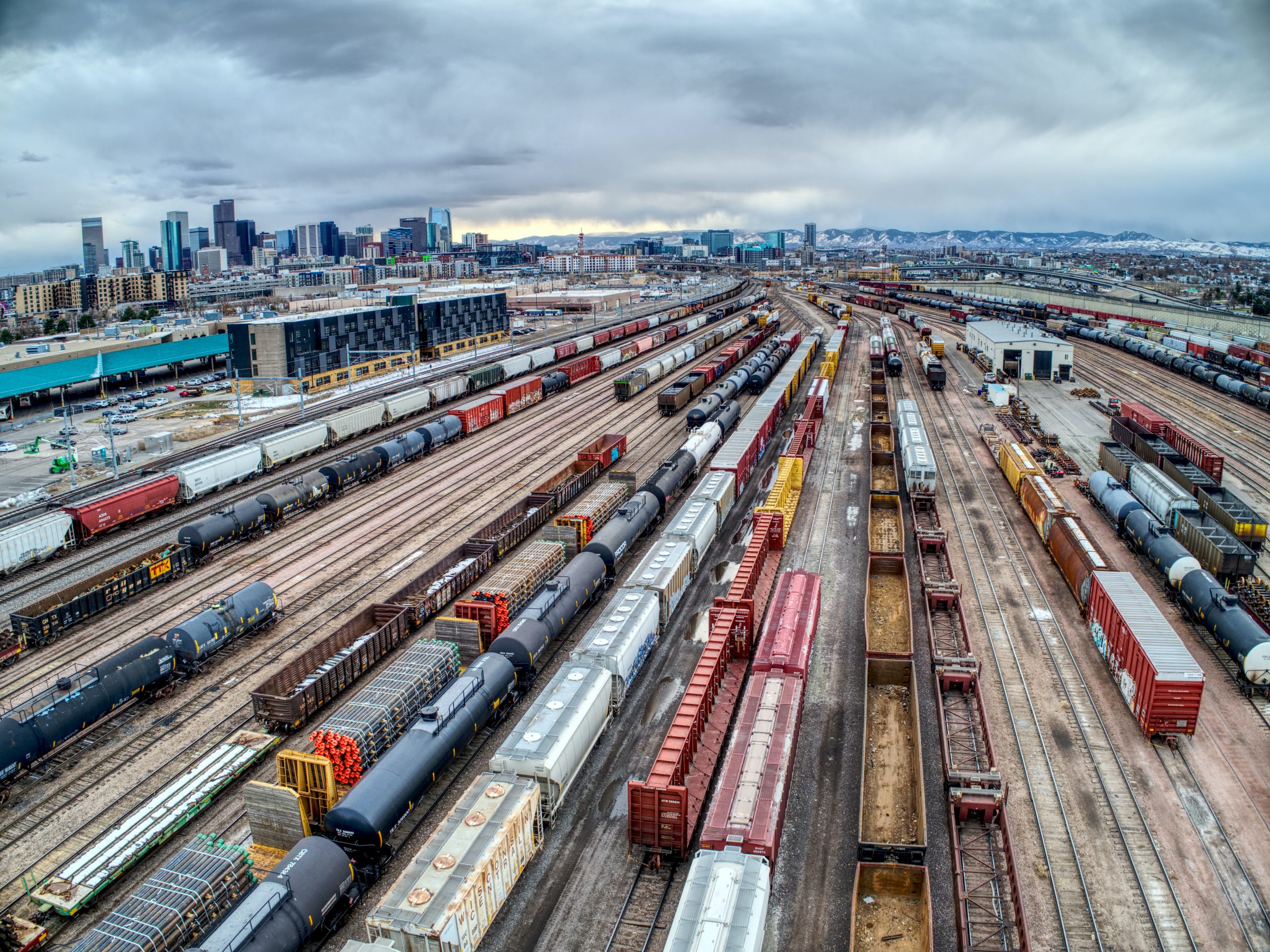14 Sep Planning for shocks to food supply
A recent paper in Nature has examined the vulnerability of cities in the USA to food insecurity via shocks to the supply chain.
Food supply shocks – events that disrupt the ability of the food supply chain to deliver to its usual capacity – are a concern for all. The disruption to food supply caused in many parts of the world by the COVID-19 pandemic have highlighted this in populations not usually prone to food insecurity. Making plans to minimise the negative impacts of future disruption requires a good understanding of specific food supply chains.
In this paper, researchers designed a computational model to simulate food supply shock on cities in the USA. Using food flow data to 284 cities from 2012-2015 (a time period in which droughts had serious effects on agriculture in the central and western USA), the researchers simulated the likelihood of national shortages resulting in food supply shock events in a city given different degrees of diversity in the city’s supply chain.
Unsurprisingly, a greater degree of diversity in the supply chain reduced the probability of a city succumbing to food shortages. Cities in Colorado and Texas were most likely to see food shocks in the future, and the Western states were more at risk than Eastern states.
The model was also able to accurately predict historical data for food supply shocks given information about national food shortage and the diversity of each city’s supply chain, making it a promising tool for future planning.
The authors make the analogy between food supply diversity and biodiversity, both of which buffer their respective systems against shocks. The same can be said of the global food system: diversity of production is key, not only to ensure the availability of good nutrition as shown by the DELTA Model, but also to ensure resilience. The benefits of diversity extend to international food chains: countries with diverse food sources from both international trade and domestic production can better weather volatility in individual chains. It is also essential to have a level of understanding of the system that allows us to be confident in planning any changes to it. This is where systems modelling can be of real benefit.
Photo by Andrew Coop on Unsplash






